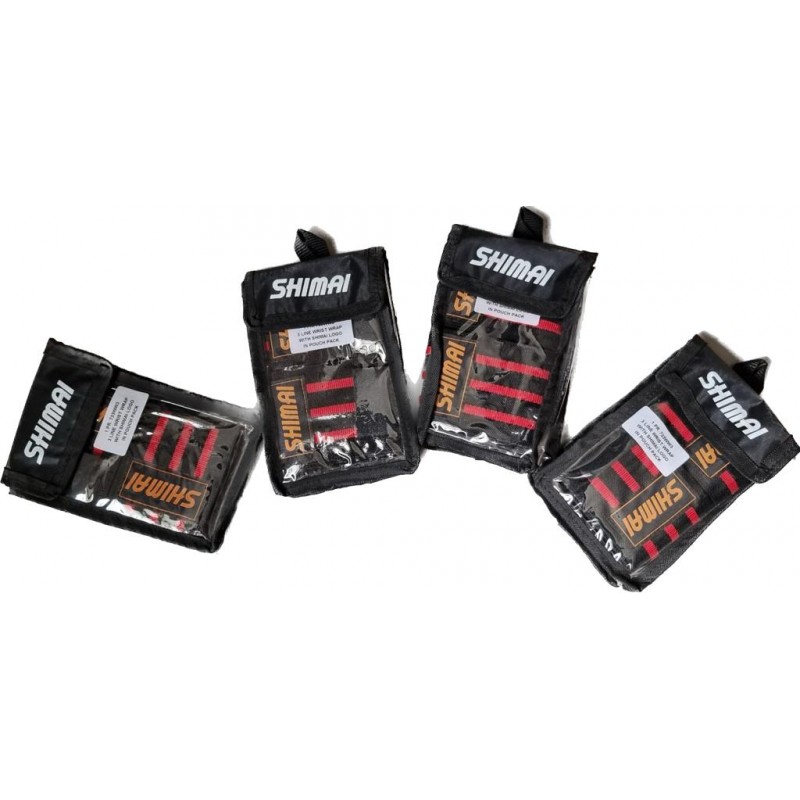








SHIMAI PowerLifting Wrist Wrap -45205110
WHAT ARE THE WRISTS FOR?
This tool basically gives support and stability to the wrist joint, the equivalent of what happens with knee pads for the knee joint. The primary purpose of the cuffs is to reduce joint stress induced by exercises such as the bench press or front squat, where the load rests on this joint.
As we will see shortly, depending on the context, the performance purpose and the subjective need, it will be possible to opt for more or less rigid bands. Unlike other supports, these wrist wraps do not provide any elastic advantage during lifts, but only play a support role which can still be very useful and have a positive effect on performance.
WHICH DISCIPLINES PROVIDE FOR THE USE OF WRISTBANDS?
The use of the cuffs for performance purposes is applicable to powerlifting while they remain used in training also in the practice of other disciplines related to fitness, crossfit, strongman and bodybuilding.
In powerlifting wrist bands find one more reason to be used since we are dealing with very high loads and any support allowed at the joint level almost always positively influences performance. In other contexts, this kind of equipment instead plays a preventive role with respect to the exaggerated accumulation of joint stress.
In exercises such as the front squat, used a lot in the crossfit field, the wrist bands help maintain the front rack position with less joint stress. In case of wrist stiffness, adaptation and specific work will still be needed to better master the exercise and the rack position, the wrist wraps alone cannot guarantee a solution, only a support.
WRISTS IN POWERLIFTING
In powerlifting there are two main uses: in the bench press and in the squat.
In the flat bench they help stabilize and support the wrist joint burdened by the load of the barbell.
Although a good support on the carpus and a correct learning of the set up in the exercise already guarantee less joint stress, the cuff allows it to be further reduced.
In this kind of situation, very rigid cuffs can be used which immobilize the wrist and almost allow the weight to be placed on it without feeling any particular discomfort. Or you can opt for more elastic versions that give support while still leaving a certain freedom of movement to the joint allowing a slight flexion - extension.
Some athletes find benefits in carrying out this last maneuver during the lift, i.e. slightly extending the wrist in an eccentric position and then bringing it back to a concentric position.
There is no standard suggestion in this sense, the choice of stiffness depends a lot on your structure, executive technique and feeling.
As for the squat, the wrist bands find their usefulness above all in the low bar execution: the more accentuated this last position is, the greater impact the support will have. Also in this sense a rigid cuff allows you to unload the weight more while a more flexible one will guarantee a slight freedom of movement.
Analogous to the previous speech, it is not possible to give an unambiguous suggestion regarding the choice. Whether you choose one version or the other, it remains a tool to be exploited because it has absolutely no negative effects on performance, on the contrary it can bring benefits.
As with knee pads, not all cuffs are approved for use in competitions, they will need to have certain specific characteristics in order to be allowed.